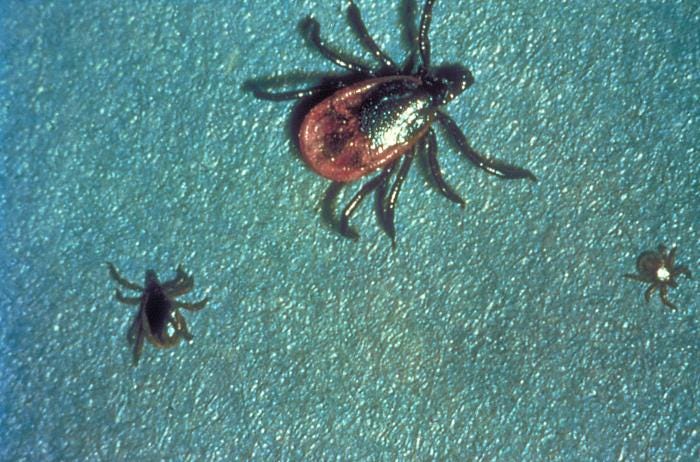Maryland reports travel associated Powassan virus death
In the United States, cases of Powassan virus disease (Powassan) have been reported primarily from northeastern states and the Great Lakes region.
So far in 2023, 28 total human Powassan cases have been reported in nine states (New York (6), Massachusetts (5), Maine (4), Connecticut (4), Minnesota (3), New Hampshire (2), Wisconsin (2) and one each in Pennsylvania and Rhode Island).
All 28 cases were neuroinvasive forms of the disease.
The latest case was reported in Maryland on Friday. According to the Maryland Department of Health (DOH), a travel-related Powassan virus death was confirmed on September 22 in an individual who contracted the virus in Canada and returned to Maryland afterward.
This is the first ever Powassan case and death reported in Maryland.
Powassan virus is spread to people through the bite of an infected blacklegged, or deer tick. It takes from one week to one month after the bite of an infected tick to develop symptoms of POWV disease, and the virus can be transmitted in as little as 15 minutes after the tick first attaches. Powassan virus associated illness has been reported from early spring until late fall.
Subscribe to Outbreak News TV on YouTube
While most people infected with Powassan likely experience no symptoms or a mild flu-like illness, some people will develop severe illness affecting the central nervous system. About one out of 10 cases of severe illness are fatal and approximately half of survivors experience long-term health problems. Severe cases may begin with fever, vomiting, headache, or weakness and rapidly progress to confusion, loss of coordination, difficulty speaking, or seizures. There is no vaccine nor a specific treatment for POWV associated illness. Severe illness is treated by supportive therapy which may include hospitalization, respiratory support, and hydration.
From 2004-2022, 288 total Powassan virus cases were reported in the US, including 264 hospitalizations and 36 deaths.
TickCheck Premium Tick Remover Kit
The DOH says You can reduce your risk of contact with ticks by avoiding wooded and brushy areas with high grass and leaf litter. Conduct a full body check upon return from potentially tick-infested areas, including your own backyard. Check these parts of your body and your child’s body for ticks:
Under the arms
In and around the ears
Inside belly button
Back of the knees
In and around the hair
Between the legs
Around the waist
There is no vaccine to prevent Powassan virus infection.





